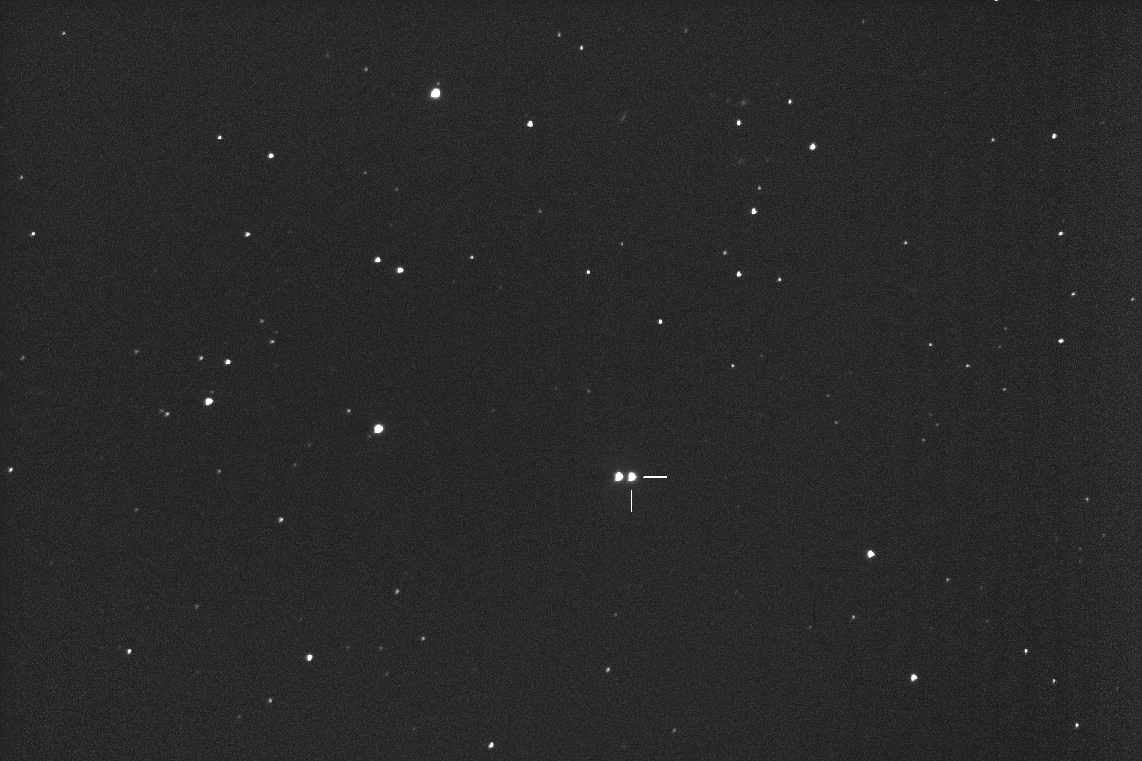
Figure 1. Star field surrounding HD 80606 (indicated) and it's orbital companion star, HD 80607 (to its left). FOV = 31 x 21 'arc, north up, east left. FWHM ~ 4.2 "arc.
This web page describes an evaluation of several observing and image analysis strategies for the exoplanet HD 80606b. The usual procedures of maintaining sharp focus and using a photometry aperture radius ~4 times FWHM was compared to an alternative observing strategy, defocusing, which for my telescope system produced superior results. This is due in part to the brightness of HD 80606 and also to the fact that its equally bright orbital companion, HD 80607, is located only 20 "arc away.
Introduction
HD 80606 has an exoplanet that orbits with a 111-day period in a very eccentric orbit (0.93). The orbit is inclined close to 90 degrees because when it is behind the star it undergoes a "secondary" transit, as observed with the Spitzer Space Telescope by Laughlin et al (2009). It is not known if the planet transits in front of the star, for a primary transit, because that part of its orbit is much farther from the star. An opportunity for observing a possible primary transit exists on Feb 13/14 UT of 2009. This web page has been created for offering suggestions on the best strategy for conducting these observations and for processing the images to produce a light curve. The general case (no nearby interfering star) is described at DefocusingGeneralCase.
Hardware
My telescope is a 11-inch aperture Celestron (CPC1100) mounted on an equatorial
wedge. I use a focal reducer and SBIG AO-7 image stabilizer in front of a
SBIG ST-8XE CCD camera. The AO-7 employs a tip/tilt mirror that can be operated
at several Hz, and when mirror motion exceeds a user-specified limit a
correcting nudge signal is sent to the telescope drive motors. The polar
axis has been aligned to the north celestial pole with an accuracy of ~2
'arc. This assures that when the AO-7 keeps an autoguided star fixed to
a pixel location on the autoguider chip the star field does not rotate about
that star and simultaneously move the star field across the main CCD chip.
This arrangement assures that the star field is fixed with respect to the
CCD pixel field to within a few pixels during the course of a many hour
observing session. The image scale is 1.21 "arc/pixel, and the FOV is 31
x 21 'arc. I use a wireless focuser (Craycroft type) for adjusting the position
of the optical back-end (the mirror is not moved). MaxIm DL 5.03 is used
to control the telescope, wireless focuser, AO-7 and CCD camera.
Each observer's hardware is different, and atmospheric seeing is different
each night, so the following is presented with the purpose of illustrating
concepts that can be used to guide observers in choosing optimum observing
and image analysis strategies.
Review of Usual Strategy for Exoplanet Transit Light Curves
Normally, transiting exoplanet light curves are produced using sharply-focused
images and a photometry aperture radius ~ 4 x FWHM. Slightly smaller and
larger photometry apertures can sometimes produce small improvements (e.g.,
ApertureRadius/FWHM within range 2 to 6). However, when a star is close to
the target star it may not be possbile to employ this standard aperture setting.
Exposure times are chosen that yield maximum counts for stars of interest
that are slightly less than the linearity limit (52,000 counts for my CCD)
at times of best atmospheric seeing. Here's an image of the HD 80606 star
field.

Figure 1. Star field surrounding HD 80606 (indicated) and it's
orbital companion star, HD 80607 (to its left). FOV = 31 x 21 'arc, north
up, east left. FWHM ~ 4.2 "arc.
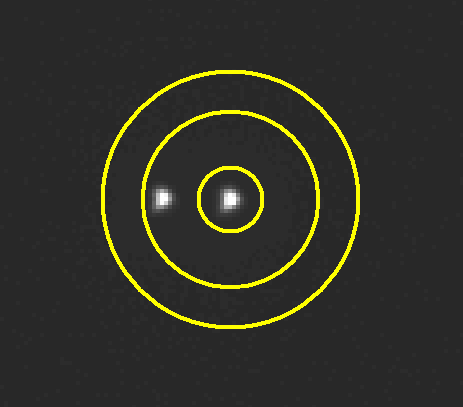
Figure 2. Zoom of previous image showing a photometry aperture
centered on HD 80606 and HD 80607 20.5 "arc to the east. FOV = 9.3 x 8.2
'arc. The aperture radius is 9.7 "arc (8 pixels), which is ~2 x FWHM for most
images of this observing session.
Fig. 2 gives the impression that it is possible to employ a small photometry
aperture for stars as close as 20.5 "arc (17 pixels). However, the brightness/contrast
setting for this image gives a false impression of each star's PSF (point-spread
function). Here's a different brightness/contrast choice.
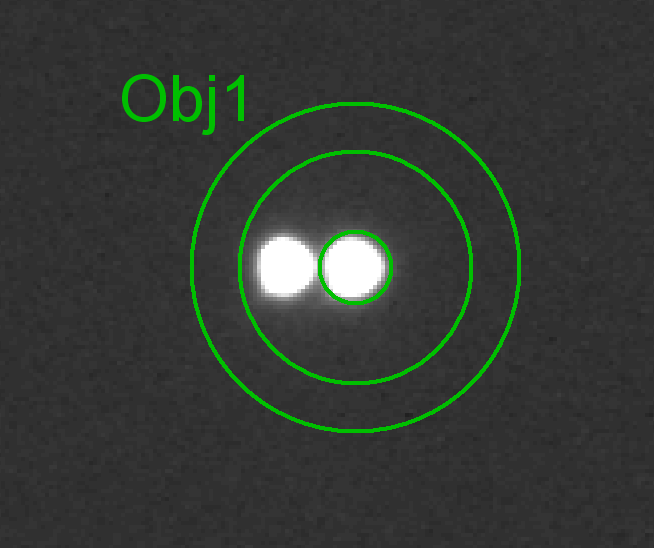
Figure 3. Zoom showing a photometry aperture radius of
10.9 "arc (9 pixels), which places a boundary of the signal aperture half-way
between the two stars.
Fig. 3 shows a signal aperture choice that should be least affected by
atmospheric seeing changes that cause the PSF of the nearby star, HD 80607,
to "spill over" into the signal aperture while the same seeing change causes
the target star's PSF to "spill out" of the signal aperture by approximately
the same amount. For this observing session, and for exposure times of 30
seconds (the longest exposure time that still prevents saturation), PSFs
have FWHM values that are typically 4.5 "arc. This aperture corresponds to
the ratio ApertureRadius / FWHM = 2.0, which is not within the
customary 3 to 5 range where best results are usually obtained. This suggests
that using this aperture it may not be possible to obtain a high precision
light curve.
Three Strategy Candidates
In anticipation of problems with the usual observing strategies I note three approaches to observing HD 80606:
1) Choose a photometry aperture radius of 1/2 the separation
of HD 80606 and HD 80607 (i.e., 1/2 of 20.5 "arc ~ 10 "arc), and hope this
is adequate (e.g., Fig.3),
2) Choose a photometry aperture that includes both
stars, and accept the added noise from the larger number of pixels within
the signal aperture (e.g., Fig. 8, below), and
3) Defocus all images the same amount and use a large
photometry aperture to include both stars (Fig. 10, below).
Note that a defocused image can accomodate a much longer exposure time
than a sharply focused image, thus improving the duty cycle (defined as "time
exposing an image divided by interval between images"). For example, one
of my image sets had an exposure time of 10 seconds (sharply focused) and
the defocused images had an exposure itme of 60 seconds. Since my overhead
is 12 seconds (8 seconds for image download and 4 seconds for the AO-7 to
adjust tracking), the corresponding duty cycles are 45% and 83%. The number
of photons collected per unit time are in the same ratio, 45 and 83, so the
defocused image set yields almost twice as many photons per unit observing
time as the 10-second image set. Duty cycle advantages for defocusing are
greater for bright stars since brightness calls for short exposure times for
sharply focused images (to avoid saturation).
Strategy 1: Sharp focus, small aperture
This strategy is as close to what normally is done as possible; only the
photometry aperture is smaller than normal because of the nearby star HD
80607. The exposure time was 30 seconds, which kept all stars in the FOV just
below saturation. The following image shows my choice for reference stars.
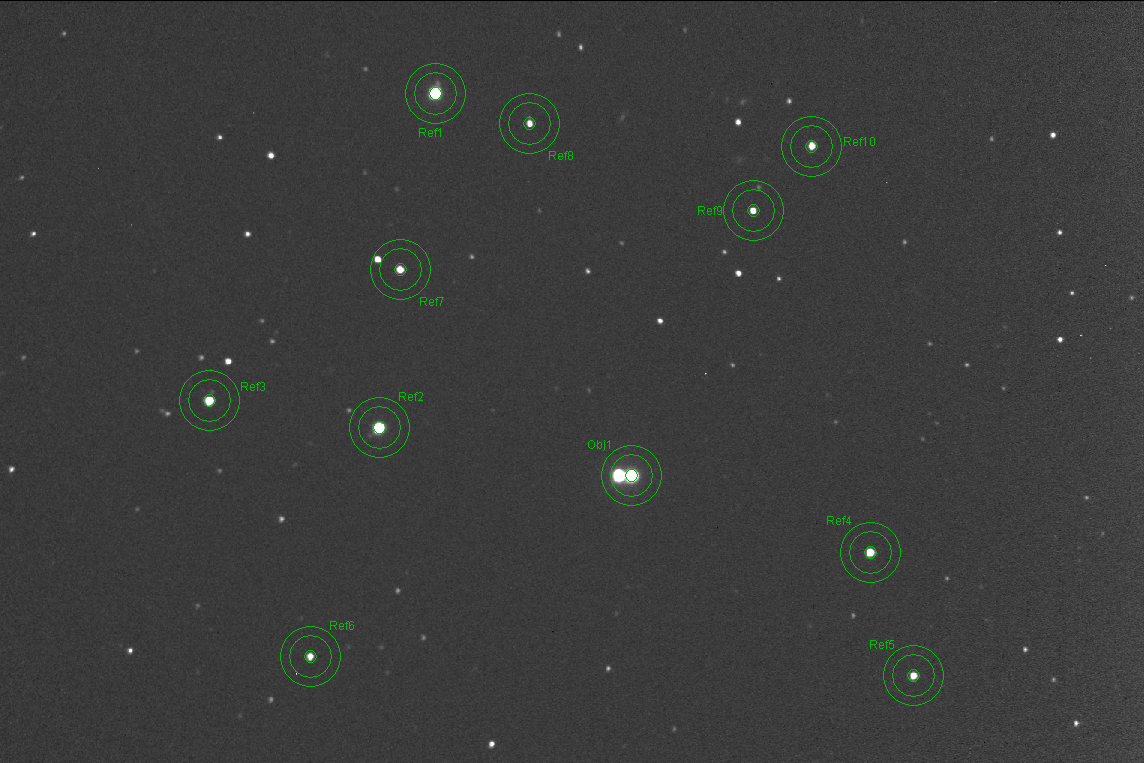
Figure 4. Sharply focused and 30-second exposure star field
with 10 reference stars indicated.
This strategy was employed for an hour, and the next figure shows processed
light curve.
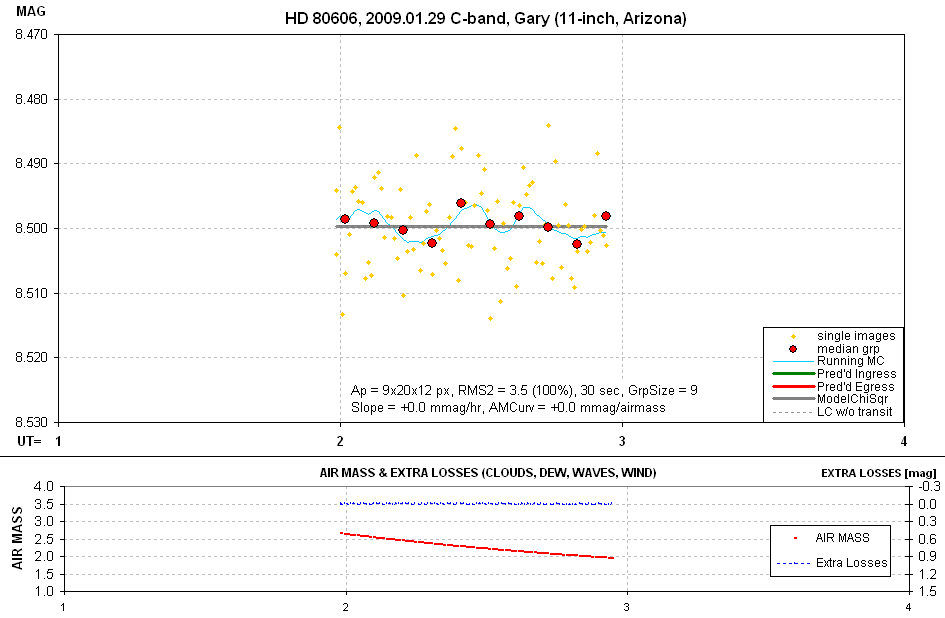
Figure 5. Light curve of HD 80606 for the sharply focused, 30-second
exposure image set.
The single image RMS is equivalent to a normalized 2-minute exposure having
RMS = 3.5 mmag per image. Taking the 71% duty cycle into account these data
correspond to achieving a precision of 4.15 mmag per 2 minutes of observing
time. This is greater than I normally achieve (edven for 11th magnitude stars),
so this appears to support my expectation that the precision suffers from
having to use ApertureRadius/FWHM = 2 instead of the normally optimum 4.
It occured to me that I could improve precision if shaper images could
be achieved. One way to improve sharpness is to use shorter exposures. So
I took another hour of 10-second exposures.
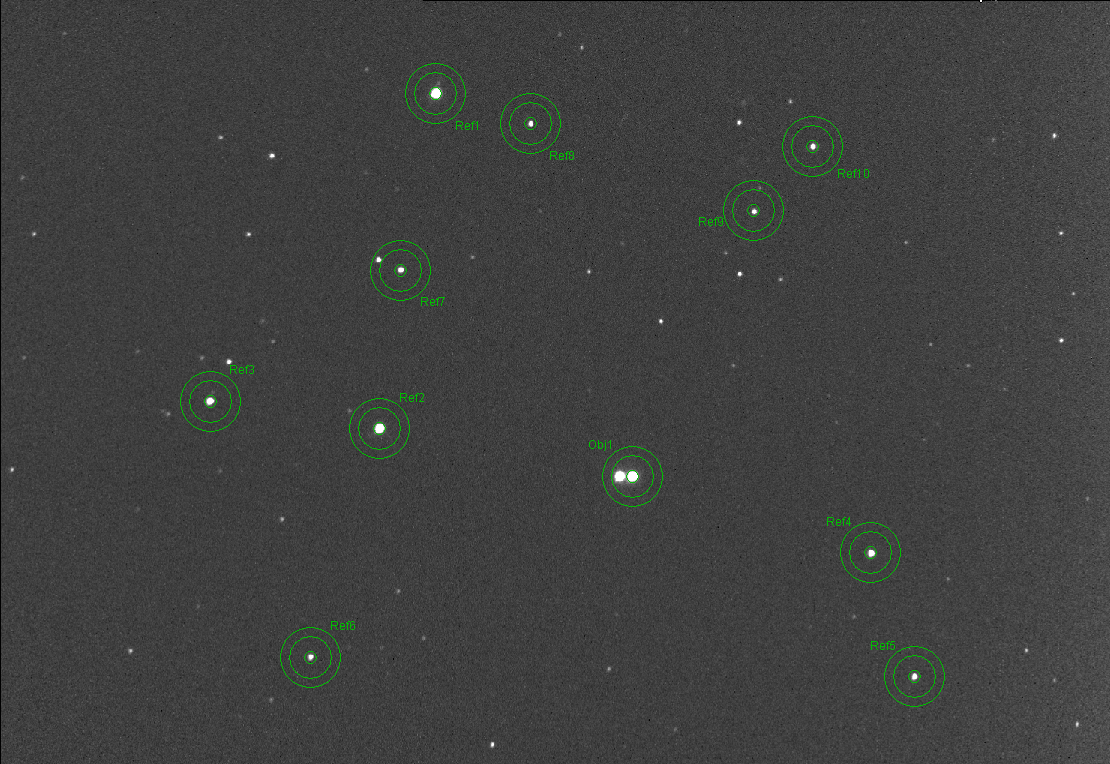
Figure 6. Shorter exposure image (10 seconds instead of 30 seconds)
showing the same photometry aperture setting as before (9x20x12 pixels).
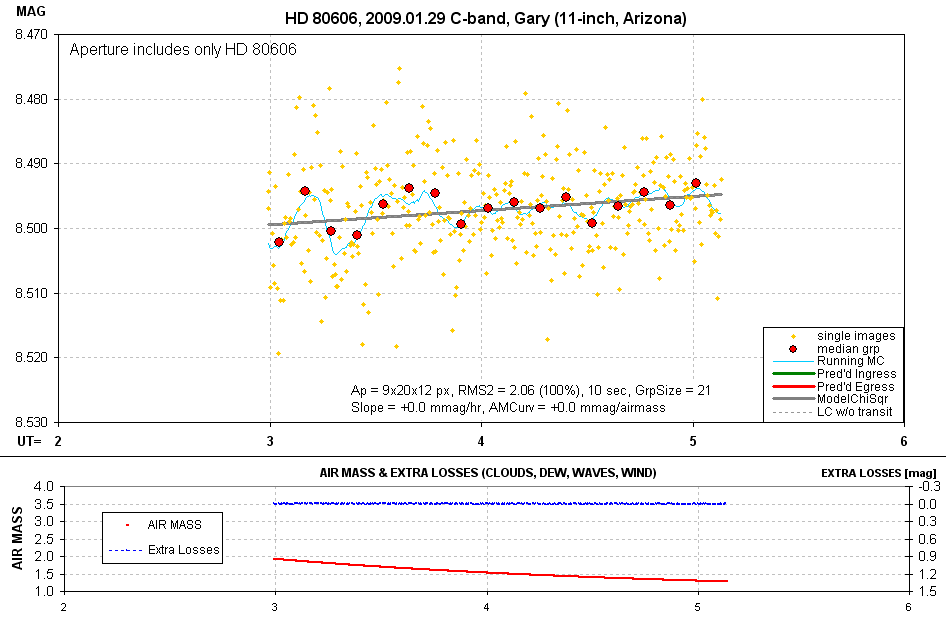
Figure 7. Light curve for above set of images.
The precision per image, normalized to a 2-minute exposure, is 2.06 mmag,
which is the kind of improvement that what I was hoping for. However, 10-second
imaging has a duty cycle of 45%, and adjusting for this yields a precision
of 3.07 mmag per 2 minutes of observing time. This is still significantly
better than the precision of the 4.15 mmag per 2 minutes of observing time
calculated from the 30-second exposure image set.
Strategy 2: Sharp focus, large aperture
The 10-second images were processed using an aperture that included the
flux fromboth HD 80606 and HD 80607, as shown in the next image.
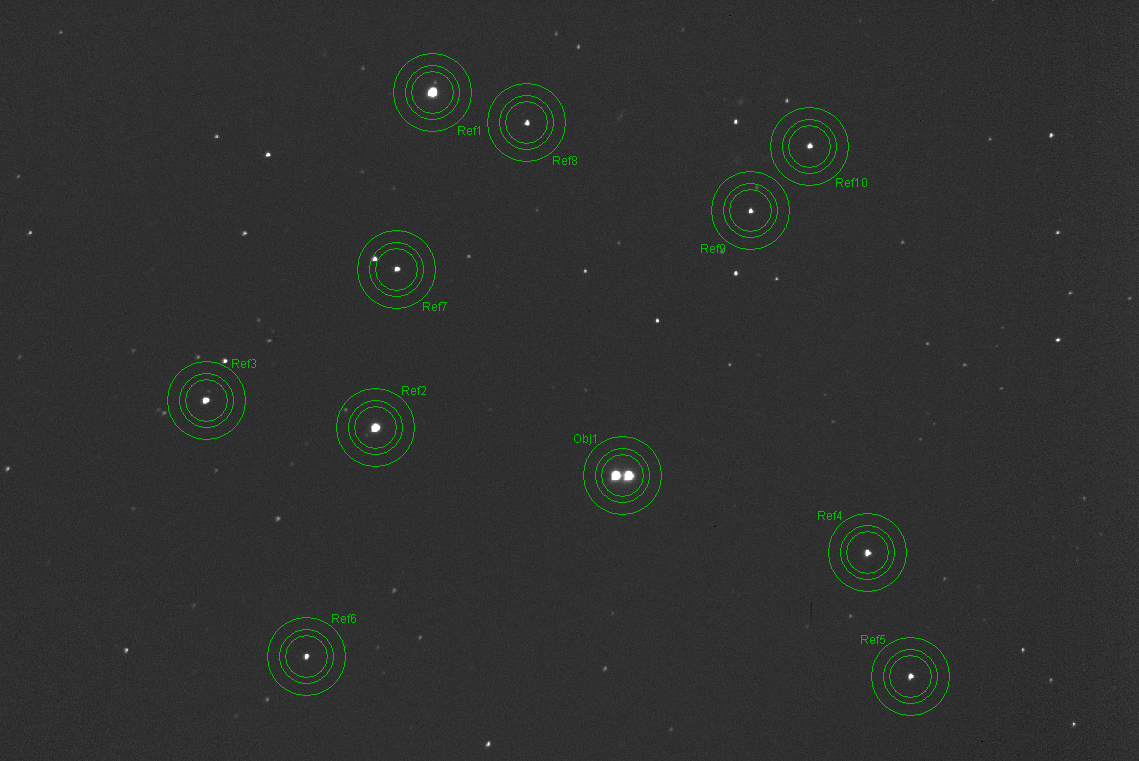
Figure 8. Using a large aperture for the same images as in the
previous analysis (10-second exposures). Aperture dimensions are 28x8x16
pixels.
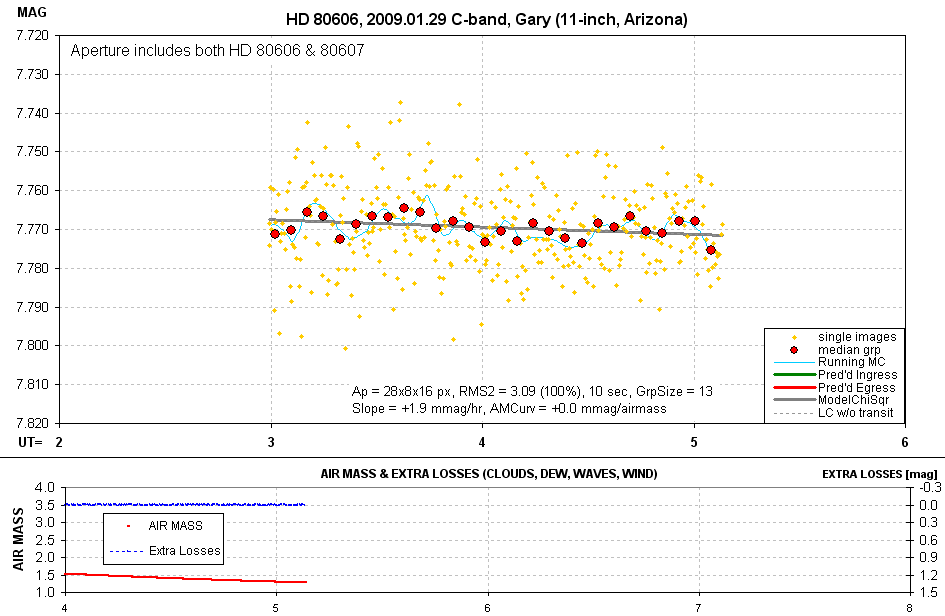
Figure 9. Light curve from 10-second, sharply focused images
but using a large photometry aperture that includes both stars.
The large aperture led to a worsened RMS per image. After correcting for
duty cycle the precision is 4.61 mmag per 2-minutes of observing time.
Strategy 3: Defocused, large aperture
The following defocused image is from a 1-hour observing session immediately
following the previous image set.
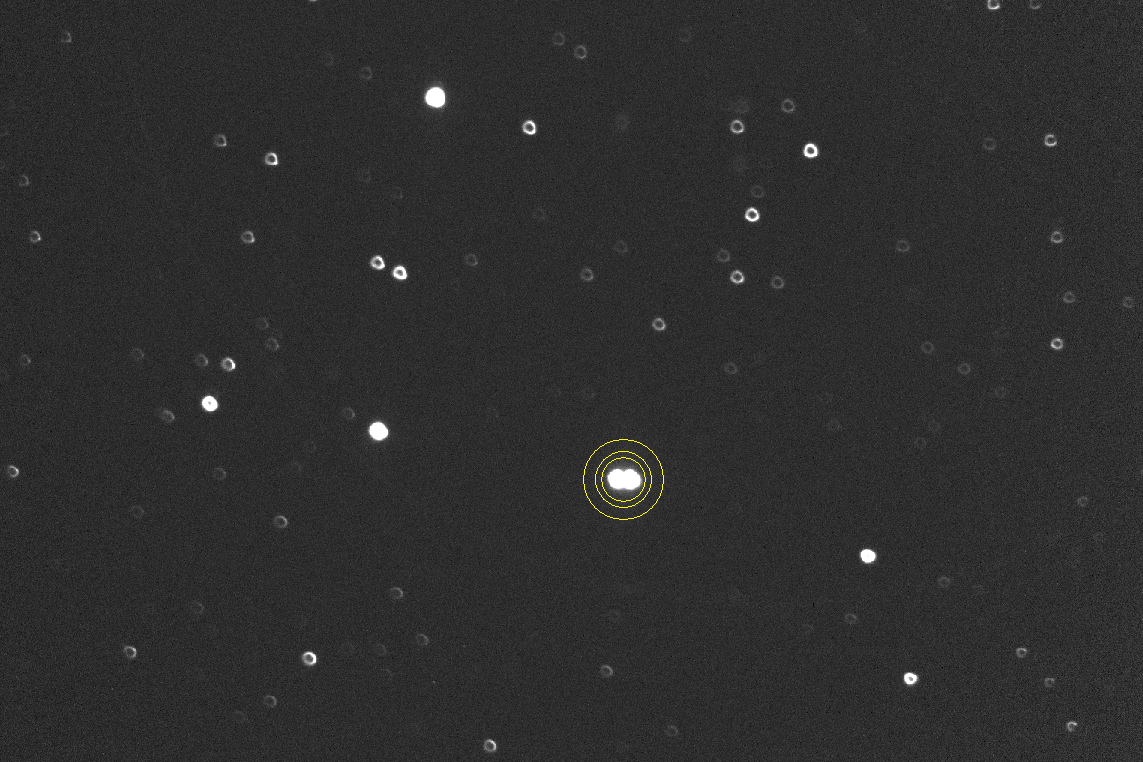
Figure 10. Defocused image showing the same large photometry
aperture used with the sharply focused images. Exposure time is 60 seconds.
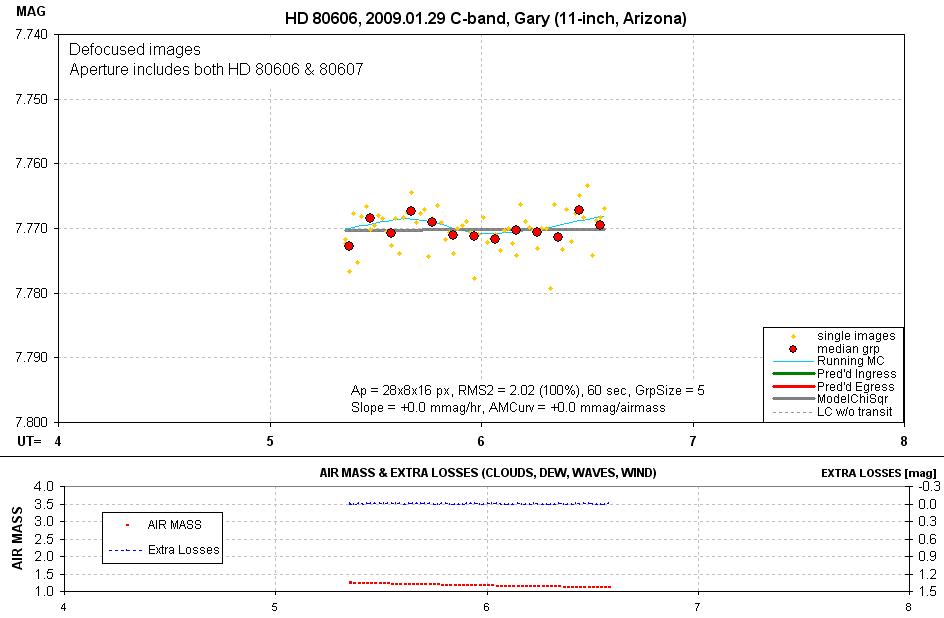
Figure 11. Light curve from defocused images and large photometry aperture
that included both stars.
The 2-minute equivalent RMS per image is 2.02 mmag, and correcting for
duty cycle yields 2.22 mmag per 2 minutes of observing time. This is a smaller
RMS than for any of the other observing and analysis strategies. However...
Final Assessment
The best RMS per image was obtained using a defocused strategy. However,
recall that when two equally bright stars are included in the photometry
signal aperture and one of them undergoes a fade of 10 mmag, for example,
the sum of their fluxes undergoes a fade of 5 mmag. Thus, for the large aperture
strategy to be better it must exhibit an RMS that is half RMS afforded by
a small aperture alternative. Therefore, in the following table I have doubled
the large photometry aperture RMS values in the column labeled "RMS2 1 Star"
for the large aperture measurements. One final correction has to do with
"duty cycle," which is the fraction of time in an observing session when
the CCD shutter is open. For the above observations download times were 8
seconds and an additional 4 seconds was spent "settling" the autoguider.
Duty cycles are shown in the following table. The final column shows RMS
divided by SQRT(DutyCycle), which corresponds to the RMS for each 2 minutes
of observing time.
Strategy
RMS2 RMS2 1 Star DutyCycle
RMS2'
Sharp focus, small aperture, 30-sec exposures
3.50 mmag 3.50 mmag 0.71
4.14 mmag
Sharp focus, small aperture, 10-sec exposures
2.06 mmag 2.06 mmag
0.45 3.06 mmag
Sharp focus, large aperture, 10-sec exposures
3.09 mmag 6.18 mmag 0.45
9.21 mmag
Defocused, large aperture, 60-sec exposures
2.02 mmag 4.04 mmag 0.83
4.43 mmag
The WINNER is therefore "sharp focus, small aperture, 10-sec exposures,"
which provides a precision of 3.06 mmag every 2 minutes for the brightness
of HD 80606.
Caveat
It should be kept in mind that I may have defocused too much. Another
web page (Defocusing, The General Case)
is under construction that suggests that only a small amount of defocusing
produces optimum precision for a 9th magnitude star with my hardware. But
the counter argument is that for HD 80606 any amount of defocusing will impair
the ability to use a small photometry aperture and prevent starlight from
HD 80607 from contaminating the photometry of HD 80606. I believe that
this is an over-riding argument, and...
Conclusion
I plan on observing HD 80606 with as sharp a focus as possible!
Since other observers will have different image scales and different atmospheric
seeing, if the best quality light curve is to be achieved on February 13/14
it will be necessary for each observer to perform a simple version of what
I described on this web page.
____________________________________________________________________
WebMaster: B.
Gary.
Nothing on this web
page is copyrighted. This site opened: 2009.01.30. Last Update: 2009.02.09